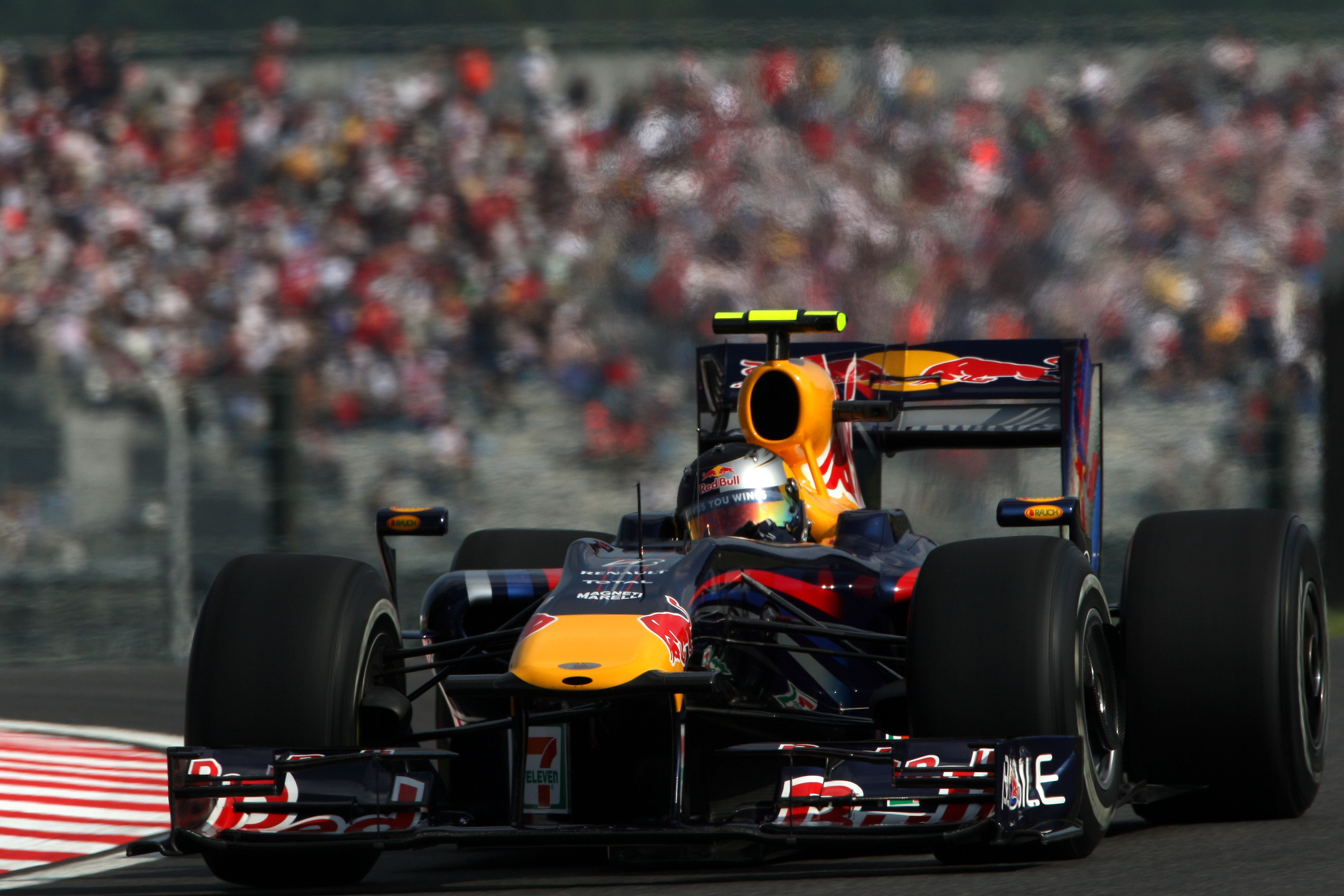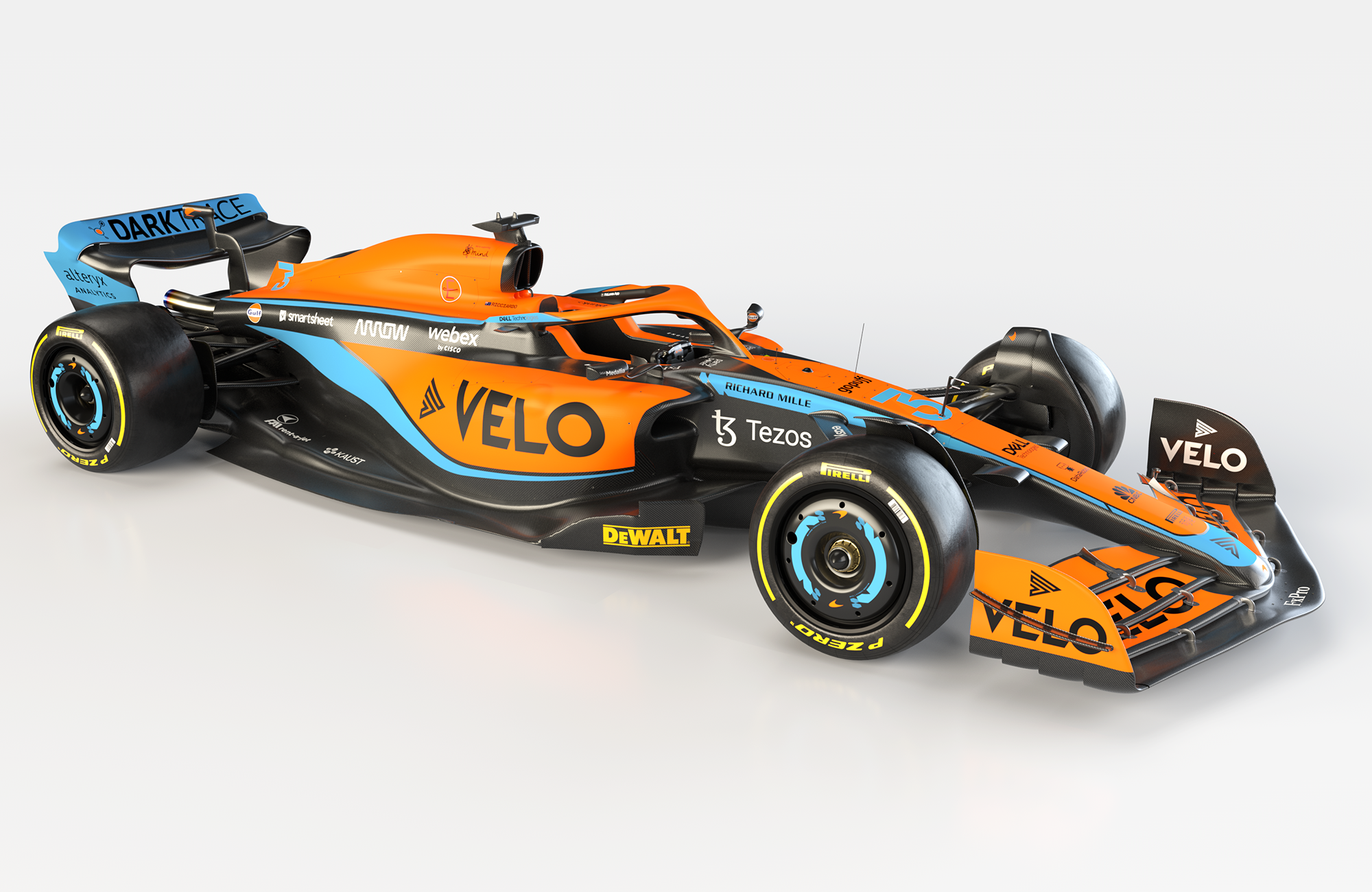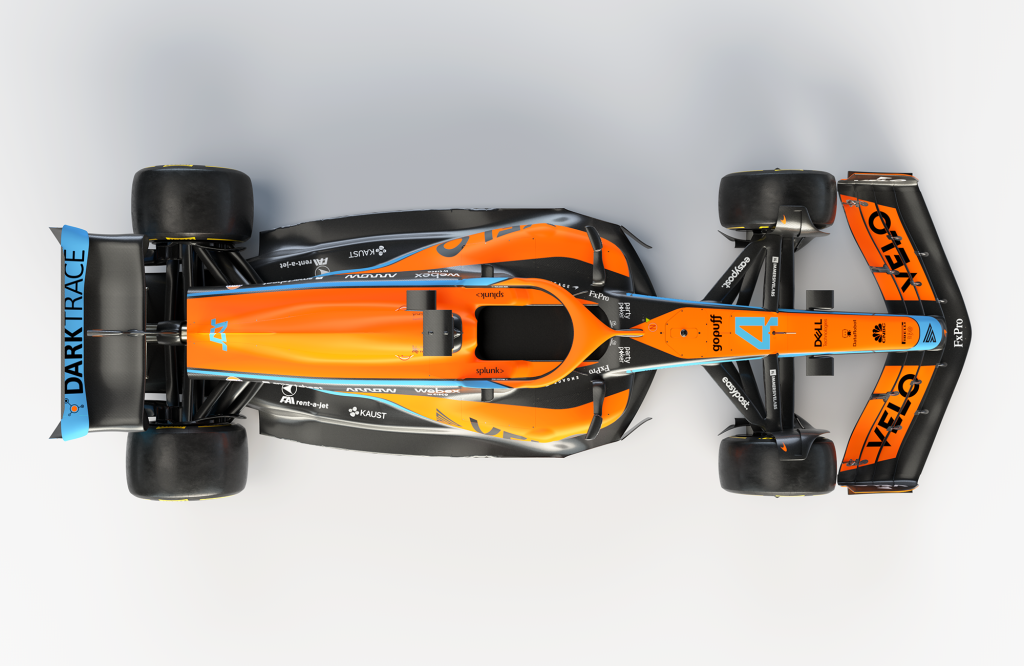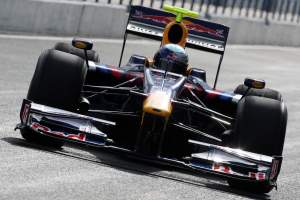Up Next

McLaren has reversed the Formula 1 suspension convention of front pushrod/rear pullrod.
Its new MCL36 has pullrod front suspension and pushrod rear.
Of the other new cars launched so far, both the Haas VF22 and Aston Martin AMR22 retain what has over recent years been the conventional layout of pushrod front/pullrod rear.
McLaren is the first so far to overturn that convention in response to the revised aerodynamic requirements of the 2022 regulations.
We do not know what Red Bull has done as the car used in its ‘launch’ – which has conventional pushrod front/pullrod rear – was not the actual RB18.
The rods which operate the inboard rockers of the suspension on an F1 car either connect from the bottom of the wheelhub to a rocker set up high (the pushrod layout as the rod is pushing up against the rockers when the wheel goes over a bump) or from the top of the wheelhub to a rocker set down low (the pullrod layout, as the rod is pulling up on the rocker).
Both systems have been used on F1 cars since the 1970s, going in and out of fashion according to the prevailing regulations. There are pros and cons to each but invariably the decision is based upon aerodynamic considerations rather than mechanical.
It was the Red Bull RB5 that popularised the use of pullrods at the rear in response to the new regulations of 2009.
“The [previous] pushrod rear suspension and its associated rocker corrupt the flow onto the beam wing at the inboard end, hugely reducing its efficiency,” Red Bull’s Adrian Newey explained in his book How To Build A Car.
“With the diffuser now starting further back [by regulation] we realised there was space to include a pullrod where the rocker is carried low and out the way, tucked in just in front of the gearbox.”

Since 2010 every F1 car has followed the RB5’s lead on pullrod layout for the rear.
The essence of those 2009 aero regulations remained through to last year, albeit with many tweaks. But for 2022 the replacement of the ‘flat bottom with diffuser’ floor with the twin venturi tunnels – which exit lower than the previous central diffuser – means that now the rockers from a pullrod are no longer quite as out of the way of the crucial airflow as previously.
McLaren clearly believes that pulling the rockers up out of the way (ie a pushrod layout) gives a potentially better airflow route.
At the front, those tunnels again dominate thinking on suspension layout. Feeding the tunnel inlets at the bottom of the sidepods with the best possible flow is the priority. A pullrod layout gives a potentially cleaner airflow to that low-mounted inlet, as the angle of the rod is less intrusive. But the pushrod offers arguably greater scope for using the various suspension arms in combination to direct the air.
Ferrari switched from the commonplace pushrod front to pullrod in 2012 and stayed with it for three years before reverting. McLaren briefly followed Ferrari in switching to pullrod front on the 2013 MP4-28 before switching back in 2014.
McLaren’s technical director James Key hopes McLaren’s choices for the front and rear of the MCL36 are the correct ones, but admits few things are certain in the early stages of a major regulation change.

“So it is a pullrod front suspension [and pushrod rear]; we saw that in past years,” he said.
“It will be pretty obvious when we run the cars – and you can’t really copy it very easily! So it’ll be interesting to see who else does that. I see the Aston Martin is the other way around, for example. The whole suspension layout is about aerodynamics.
“At the front, it’s the only thing you’ve got to play with between the entrance of the floor and the front wing, and depending on how you treat the front wing and where the entry to the floor needs its load condition will kind of set out what you think the best front suspension geometry is.
“I think we’re going to see some really interesting ideas across the group of us. For us, it seems like a good solution to try. It certainly has properties which we are happy with.
“[It’s] mechanically challenging, but we spent a lot of time trying to get that right, knowing the pitfalls of previous years when it was used.

“I’m fairly confident it is going to work as expected. The rear of the car is the other question. We’ve been pullrod for a long time. Adrian introduced it in 2009 with his Red Bull. That’s not necessarily needed now.
“You’ve got a restricted wheelbase that restricts the length of the gearbox for example, so you’ve got other possibilities there. But it will be interesting to see what trends have developed. We’ve gone this route. If we’re the only car that’s done that we’ve either got it really, really right or…”





